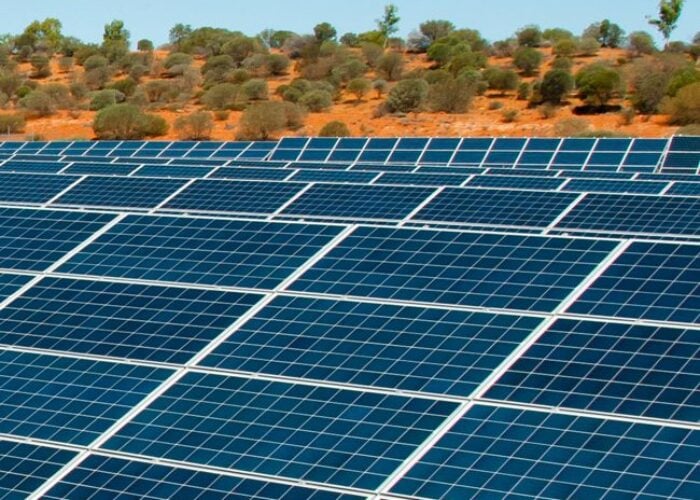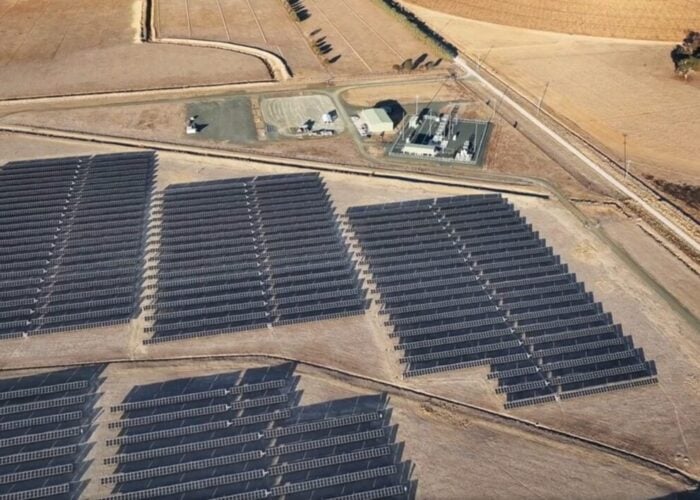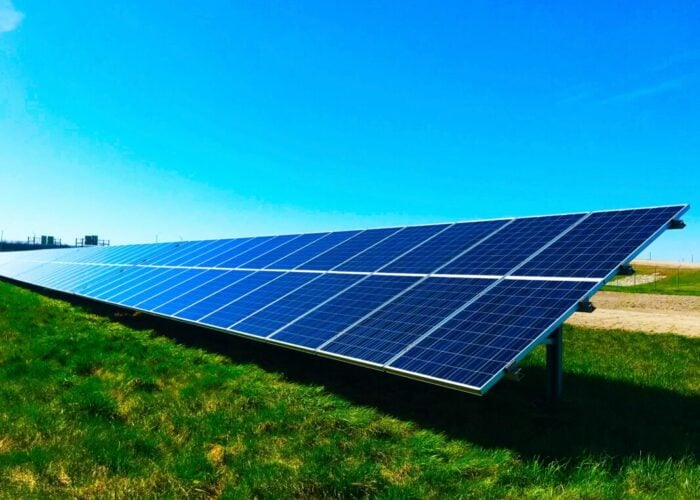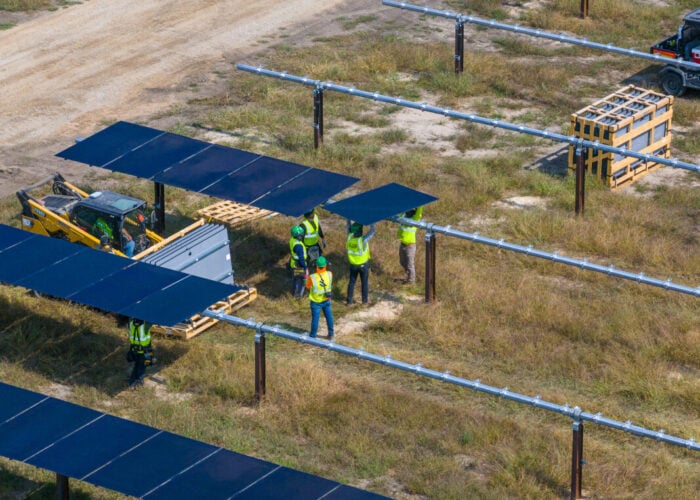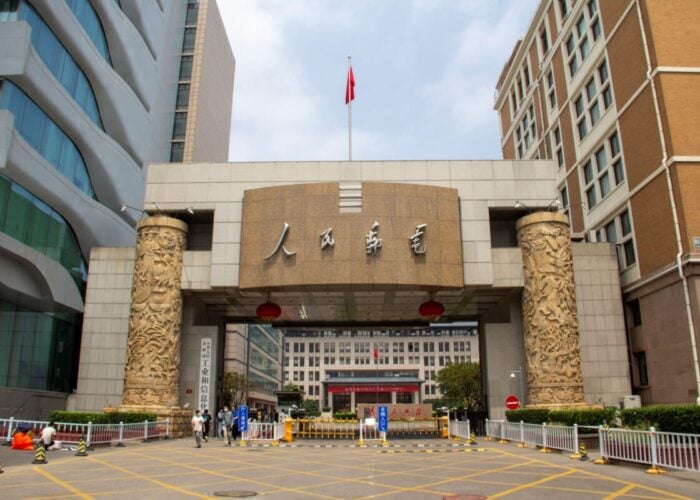
Voting on the US tax reconciliation bill is expected to begin in the Senate today, following a draft published on Friday that hit clean energy tax credits hard.
Sometimes described colloquially as ‘vote-a-rama’, the marathon debate was widely expected to commence at 9am in Washington DC. Dubbed the ‘One, Big, Beautiful Bill Act’ by the Trump administration, it is aimed at enacting the president’s 2017 spending and tax cut agenda from his first term.
Try Premium for just $1
- Full premium access for the first month at only $1
- Converts to an annual rate after 30 days unless cancelled
- Cancel anytime during the trial period
Premium Benefits
- Expert industry analysis and interviews
- Digital access to PV Tech Power journal
- Exclusive event discounts
Or get the full Premium subscription right away
Or continue reading this article for free
The bill is being pushed through the reconciliation process, which means Republicans only require a simple majority to get it through the Senate. A Senate vote over the weekend to trigger the final ‘vote-a-rama’ after a 940-page proposal was published was won 51-49, with two Republican senators voting against it.
Tax hikes, retroactive action on prohibited foreign entities
The new draft terminates the Section 45Y production tax credit (PTC) and Section 48E investment tax credit (ITC) for wind and solar PV placed into service after 31 December 2027. This is more severe than the Senate Finance Committee draft released earlier this month, which required projects to be under construction by the end of 2027 to be deemed eligible, rather than placed in service.
Section 25 residential clean energy and energy efficiency tax credits will not be applied to purchases made after 31 December 2025.
As with the previous iteration of the bill released two weeks ago, the most recent version appears to keep tax credits in place for energy storage facilities.
However, rules on material assistance from foreign entities of concern (FEOC) look set to be put in place across the board. Analysts and Republican representatives have previously warned that restrictive FEOC language could hamper clean energy companies’ ability to operate in the US, as the country’s clean energy industry is still dependent on an international supply chain dominated by China.
As well as solar’s dependence on imports, energy storage is the clean energy sector most dependent on importing materials and components from China, while rules pertaining to energy storage projects that benefit from assistance from prohibited foreign entities are particularly strict.
Abigail Ross Hopper, president and CEO of the Solar Energy Industries Association (SEIA), noted in a LinkedIn post that the FEOC material assistance rules for 45Y and 48E tax credits would be applied retroactively to projects that began construction after 17 June this year.
Not only will the FEOC rules drastically limit the ability of developers to avail of tax credits for the very limited time left available, the draft also introduces a new excise tax on any projects that began construction after 16 June and use a certain threshold of FEOC materials.
As Hopper wrote on LinkedIn, the level of tax will equal half of the “facility’s manufactured product cost, multiplied by the amount of percentage points by which the non-FEOC content threshold exceeds the amount of FEOC content in the facility”.
There is no limit to the number of revisions allowed on the legislation before it passes, leading some commentators to hope that Republican senators who have publicly expressed concerns about the cuts to renewable energy policy support will take some form of action.
Read the full version of this story on our sister site, Energy-storage.news.
Additional reporting by Will Norman.

